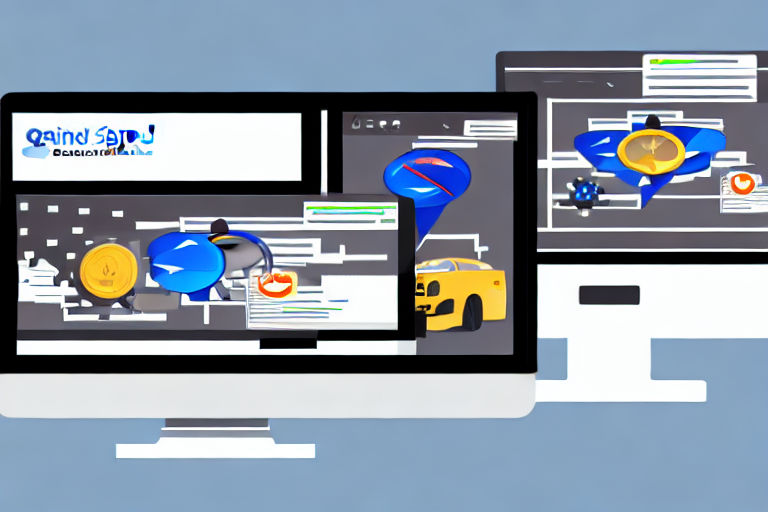Optimizing Website Speed for Better Performance and User Experience
In today's fast-paced digital world, website speed has become a crucial factor that can make or break your online presence. A slow loading website not only frustrates the users but also negatively affects your search engine rankings.
Therefore, optimizing your website speed is essential not only for better performance but also for providing a better user experience. In this article, we will share some tips to help you optimize your website speed for better performance and user experience.
Tip 1: Optimize Images
Images are one of the most significant contributors to a website's loading time. To optimize your images, compress them without compromising their quality. You can use image optimization tools like TinyPNG, Kraken.io, and JPEGmini to compress your images.
Another way to optimize images is to use lazy loading. This technique will only load images that are visible to the users, reducing the loading time and improving website speed.
Tip 2: Enable Browser Caching
Browser caching allows browser to store static resources such as images, css, and JavaScript files on the user's device for faster access later. This means that users will not have to re-download the same resources each time they visit your website.
Enabling browser caching can significantly reduce the loading time of your website, and it is relatively simple to implement. You can use caching plugins like W3 Total Cache or WP Super Cache to implement caching on WordPress websites.
Tip 3: Minimize HTTP Requests
HTTP requests refer to the number of resources that a website has to download to load completely. The more the number of requests, the slower the website will load. You can minimize HTTP requests by:
- Combining CSS and JavaScript files
- Removing unnecessary plugins and add-ons
- Using CSS instead of images where possible
- Using content delivery networks (CDNs)
By reducing the number of HTTP requests, you can significantly improve website speed.
Tip 4: Use Gzip Compression
Gzip is a compression method that reduces the size of files sent from your server to your users' browsers. It is an effective way to reduce page load times and minimize the amount of data transfer.
Most modern browsers support Gzip compression, and you can easily enable it on your server. Enabling Gzip compression can result in up to 70% reduction in file size.
Tip 5: Reduce Server Response Time
Server response time refers to the amount of time it takes for your server to respond to a user's request. A slow server response time can result in slow website speed, affecting user experience.
You can reduce server response time by upgrading your hosting plan, optimizing your database, and minimizing HTTP requests as discussed earlier.
In conclusion, optimizing your website speed is essential for better performance and user experience. By following the tips shared in this article, you can significantly improve website speed, reduce bounce rate, and provide an excellent user experience.





